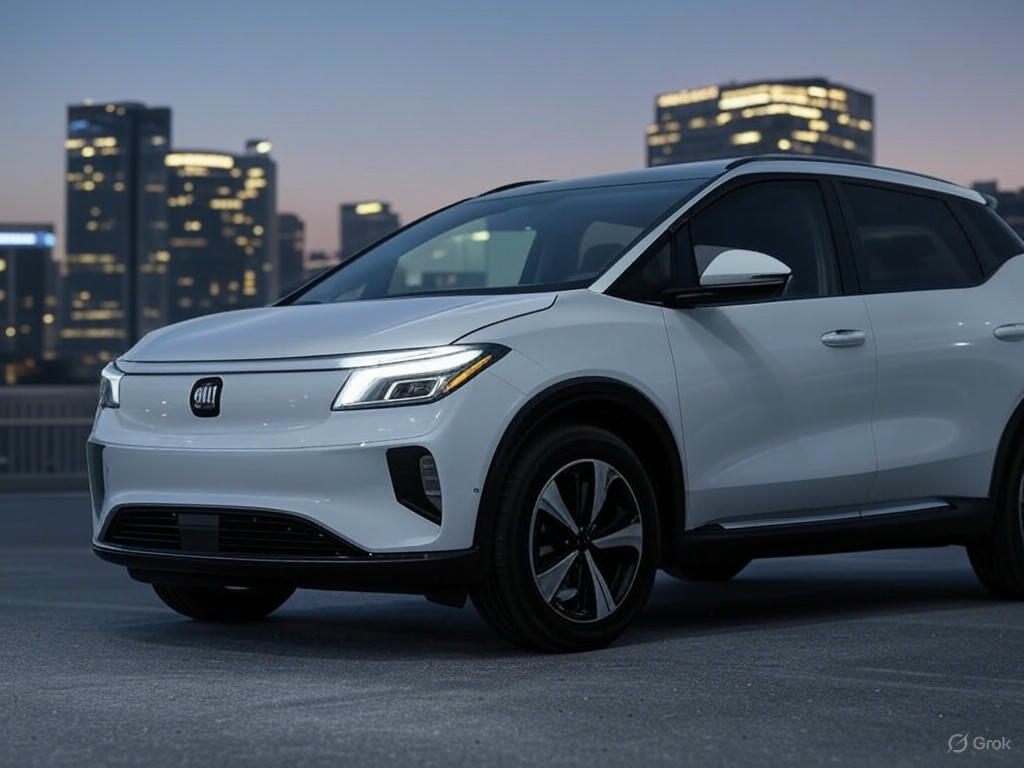GM’s Electric Dreams Dim as Gas-Powered Focus Takes Over
General Motors, once a vocal champion of an all-electric future, appears to be hitting the brakes on its ambitious plan to phase out gas-powered vehicles by 2035. The Detroit-based automaker has recently shifted its financial gears, pouring significant investments into traditional internal combustion engine (ICE) models. This strategic pivot raises serious questions about the feasibility of GM’s zero-emission aspirations and reflects broader challenges in the automotive industry’s transition to sustainability.
For years, GM positioned itself as a leader in the electric vehicle (EV) revolution, with bold promises to transform its entire lineup into battery-powered models. The company’s vision was not just about meeting regulatory pressures or consumer demand but also about redefining its legacy in a world increasingly focused on combating climate change. However, recent financial reports and insider statements suggest that GM is reallocating resources to bolster its gas-powered and hybrid offerings. This move comes as a response to slower-than-expected EV adoption rates, supply chain bottlenecks for battery materials, and lingering consumer hesitancy about range anxiety and charging infrastructure.
The decision to prioritize ICE vehicles isn’t merely a short-term adjustment but a pragmatic acknowledgment of current market realities. While electric vehicles are gaining traction, they still represent a fraction of total car sales globally. Many buyers remain tethered to the familiarity and reliability of gas-powered cars, especially in regions where EV charging networks are sparse. Additionally, the high upfront costs of electric models deter price-sensitive consumers, even as long-term savings on fuel and maintenance become more apparent. GM’s renewed focus on traditional vehicles may help maintain profitability and market share in the interim, but it risks alienating environmentally conscious customers and investors who were drawn to the company’s green commitments.
This shift also underscores a larger tension within the auto sector. Governments worldwide are tightening emissions standards and offering incentives for EV production, yet the infrastructure and technological readiness for a full transition lag behind. For GM, balancing these external pressures with internal financial goals is proving to be a tightrope walk. Critics argue that by slowing its EV rollout, GM is ceding ground to competitors like Tesla and emerging players who are doubling down on electric innovation. Others, however, see the company’s strategy as a necessary recalibration to avoid overextending itself in an uncertain market.
As GM navigates this crossroads, the road to 2035 looks increasingly bumpy. The automaker’s leadership has hinted at a more flexible timeline for its all-EV goal, suggesting that hybrid models could serve as a bridge for the foreseeable future. Whether this pragmatic approach will preserve GM’s relevance or undermine its environmental credibility remains to be seen. For now, the roar of gas engines still echoes loudly in Detroit, casting a shadow over the silent promise of an electric tomorrow.


